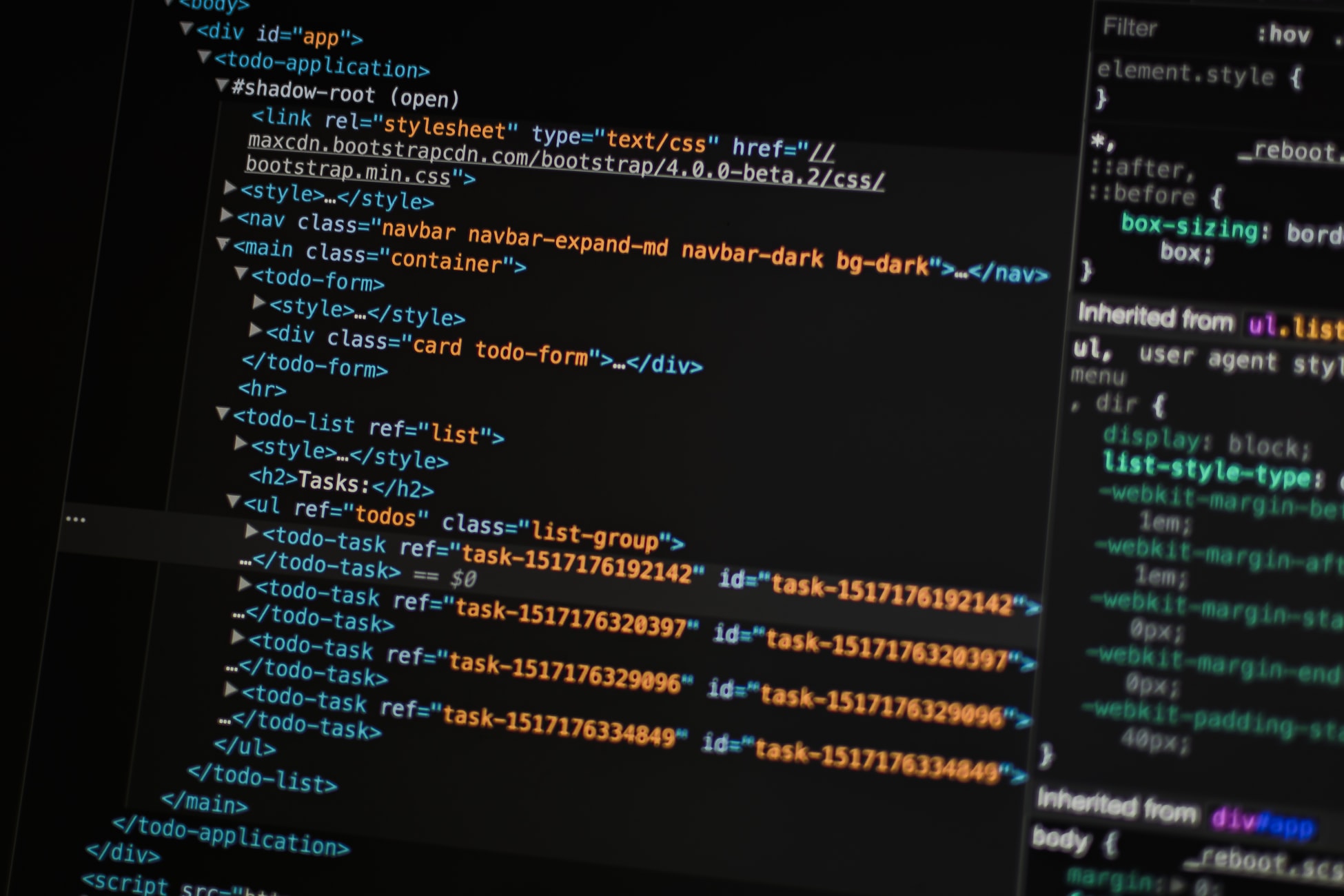What Is The Difference Between SaaS and Cloud Computing?
Vivek Dixit
SaaS stands for “software as a service” and is cloud-based software. Cloud computing, on the other hand, is an umbrella term that has been used to describe many different technologies.
In simple terms, SaaS is a type of cloud computing.
So what exactly is the difference between cloud-based software (SaaS) and all other types of cloud computing?
Quite simply: Software as a service is designed primarily for business use. It’s a practical way to access business software and services from any internet connection.
Cloud computing is the foundation for SaaS, so it too can be considered software as a service, but it's broader in scope than SaaS alone. Cloud technology covers all types of online software, not just those used by businesses.
What’s more, in the cloud computing industry software as a service is generally associated with on-demand applications that require a subscription. So if you want to access those applications and data stored on the Internet you will need an internet connection.
Cloud computing has been used widely for years, with the majority of large firms have already implemented cloud-based solutions.
Many modern companies have changed their business model to fit this new way of working – but how does it work?
Instead of running applications on local servers or through a desktop PC, cloud computing has revolutionized the technology industry over the past 15 years.
It allows businesses to host applications online and use them from anywhere, at any time. For example: if you’re a sales representative working remotely or a lawyer handling cases abroad, you can use cloud computing to access your data and email without needing to be in the office. In short, it enhances productivity by offering flexibility and convenience.
Let's get more clarity on the subject as we define cloud computing and SaaS in detail.
SaaS is one of the many types of cloud computing services. The software is owned, operated, and maintained by a service provider who hosts it on their computers.
This means that you don’t need to install or maintain any software on your device, you just log into your account any time and use the available software. For example, when you use Google Docs or Dropbox to work on documents with your colleagues no installation is required.
This type of software is often seen as more feasible for small businesses with limited IT staff because they are not required to manage their own servers and the costs and maintenance associated with them.
Cloud computing is a term that encompasses many different types of services. These services are web-based and can be accessed through a browser, an application on your computer, tablet, or smartphone.
The cloud can be a great way to work efficiently, but it’s important to understand how the service works before you sign up for it.
This article will outline what these two terms mean about one another and provide tips for making the most out of them both.
What is the difference between SaaS and Cloud Computing
SaaS is Software as a Service and cloud computing is anything that stores data on an external server.
A good example of SaaS would be Salesforce, Microsoft Office 365, and online mail service. These services are accessible through the internet and don't need to be installed locally. This is a big difference between SaaS and cloud computing.
Cloud computing has become very popular over the past decade, but did you know that it does not have to be connected to the internet?
One can create their own private cloud by purchasing hardware from companies such as Dell, HP, or Lenovo and installing an operating system on top of that hardware.
The US currently spends more than $50 billion a year on cloud computing and it's projected to exceed $80 billion by the end of 2021.
Not bad for something that was introduced around seven years ago.
How are they different from each other?
SaaS is software that resides on the server and requires no installation. This means that your data is located on the server.
Cloud computing is hosted on a network, whether it's the Internet or your own private network.
The main difference between SaaS and cloud computing lies in how you access the software. With cloud computing, everything is online, but in the case of SaaS, it depends on the service-level agreement (SLA), the customer's data for each model may be stored locally, in the cloud, or both locally and in the cloud.
You can also integrate SaaS applications with other software using application programming interfaces (APIs).
There are so many advantages to SaaS. The main advantage is that it is cheaper, there are no maintenance fees and you don't need to worry about upgrading the software.
The only disadvantage is that if your data is not highly protected then it can be lost or stolen. If a hacker attacks the server where your data is located. But there have been many significant improvements made in terms of security.
With cloud computing, you have more control over the management and support of your data. You can upgrade or expand as needed. The main advantage is that if there is a problem with your system, it can be fixed more easily.
There is a disadvantage that you are at the mercy of your internet connection if your software relies on a live connection, which means you could lose access to data or even the software itself.
Tips on how to make the most out of both services
Know the Difference. The first difference between the two services is in the way they are sold. SaaS can be purchased on a per-user basis for scalability and pay-as-you-go service.
Cloud computing, on the other hand, is more expensive when it's upfront. It's typically billed at a monthly rate that doesn't change, but you can purchase more "capacity" with overtime payments.
The next difference is in how backup data is handled. With cloud computing, there are many different providers to choose from and all of them have their own backup policy. With SaaS, you are not usually responsible for backing it up (but you should be).
You will be better off if you store your backup data on a separate server that's not connected to the Internet. This server should also be stored in a different location just as an added security precaution.
While both SaaS and cloud computing offer solutions that are on-demand, SaaS is really what you're paying for. With cloud computing, the "cloud" provides the resources, but you're responsible for managing them. When it comes to cost, SaaS is usually less expensive than cloud computing.
Know Your Needs. If you have to decide which type of service is right for your organization, you should think about your needs. If you need to expand your data storage quickly and easily, then SaaS might be the better option.
Conclusion
Sometimes it can be hard to tell the difference between Saas and cloud computing. \ We hope that we have given you a good understanding of what do they do and how are they different from each other.
Whether you need a solution on-demand or one with long-term scaling capabilities, there is an option out there just waiting for you.
Consider what kind of data backup policies are important to your company and whether they are worth paying extra upfront or if SaaS would offer enough flexibility without requiring so much capital expense upfront.
And if you are making a switch then it may take time getting used to all the changes coming from switching over from SaaS (or vice versa), but once everything is running smoothly and you're saving money, you'll be thankful you made the switch.
Also, if you are sleeping on an idea to launch a SaaS startup, then you'll be thankful to have landed here. We at BufferMint help founders like you to change their idea into a business.
We will be there with you every step of the way. Book a discovery call today!
Get our articles delivered
From us to your inbox weekly.
Suggested Articles
Here are a few more articles you might like.





